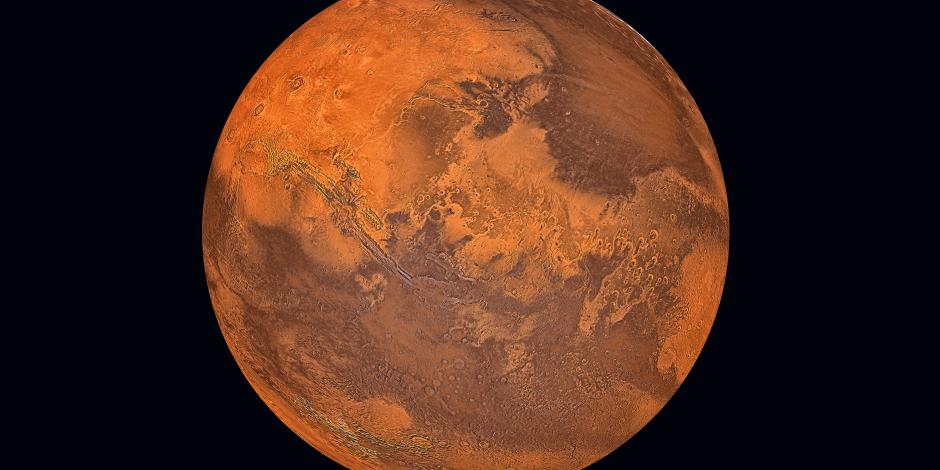Starten Sie den Audio-Text
Mit dem Audio-Player können Sie sich den Text anhören. Darunter finden Sie das Transkript.
The listening exercises in Business Spotlight Übungsheft (p. 5) are based on the article “Could you be a Mars astronaut?” (Names & News, p. 8). Here, we provide you with the audio file and transcript.
Click here to open the transcript
Could you be a Mars astronaut?
How would you like to be be trappedfestsitzen, eingeschlossen seintrapped with your co-workerArbeitskollege/-inco-workers in a small metal box for more than half a year? If that sounds OK, you might be a candidate to become a Mars astronaut. The average distance to Mars from earth is 225 million kilometres (depending on the planets’ orbitUmlaufbahnorbits). Instead of the three days needed to go to the moon, getting to Mars takes more than six months, and the astronauts will face challenges that no human has ever experienced.
To prepare, NASA created a programme called CHAPEA (“Crew Health and Performance Exploration AnalogAnalogforschung für die Gesundheit und Leistung der BesatzungCrew Health and Performance Exploration Analog”). Starting in 2023, four volunteerFreiwillige(r)volunteers spent 378 days inside a 3D-printed Mars simulator in Houston, Texas. They performed a variety of tasks, such as equipment maintenanceGerätewartung, Anlageninstandhaltungequipment maintenance and growing their own food. The realistic simulation included a 22-minute communication delay with earth. More sessions in the simulator are planned over the coming years.
Mars is an inhospitableunwirtlich; lebensfeindlichinhospitable place. The temperature varies between minus-176 degrees and 30 degrees Celsius. The atmosphere is 95 per cent carbon dioxideKohlenstoffdioxidcarbon dioxide and would kill an unprotected person in minutes. However, Mars remains a goal of space exploration because it is the only other place in the solar system where scientists are reasonablyeinigermaßen; ziemlichreasonably sure that life once existed. NASA hopes to send human astronauts to Mars by the 2030s.


